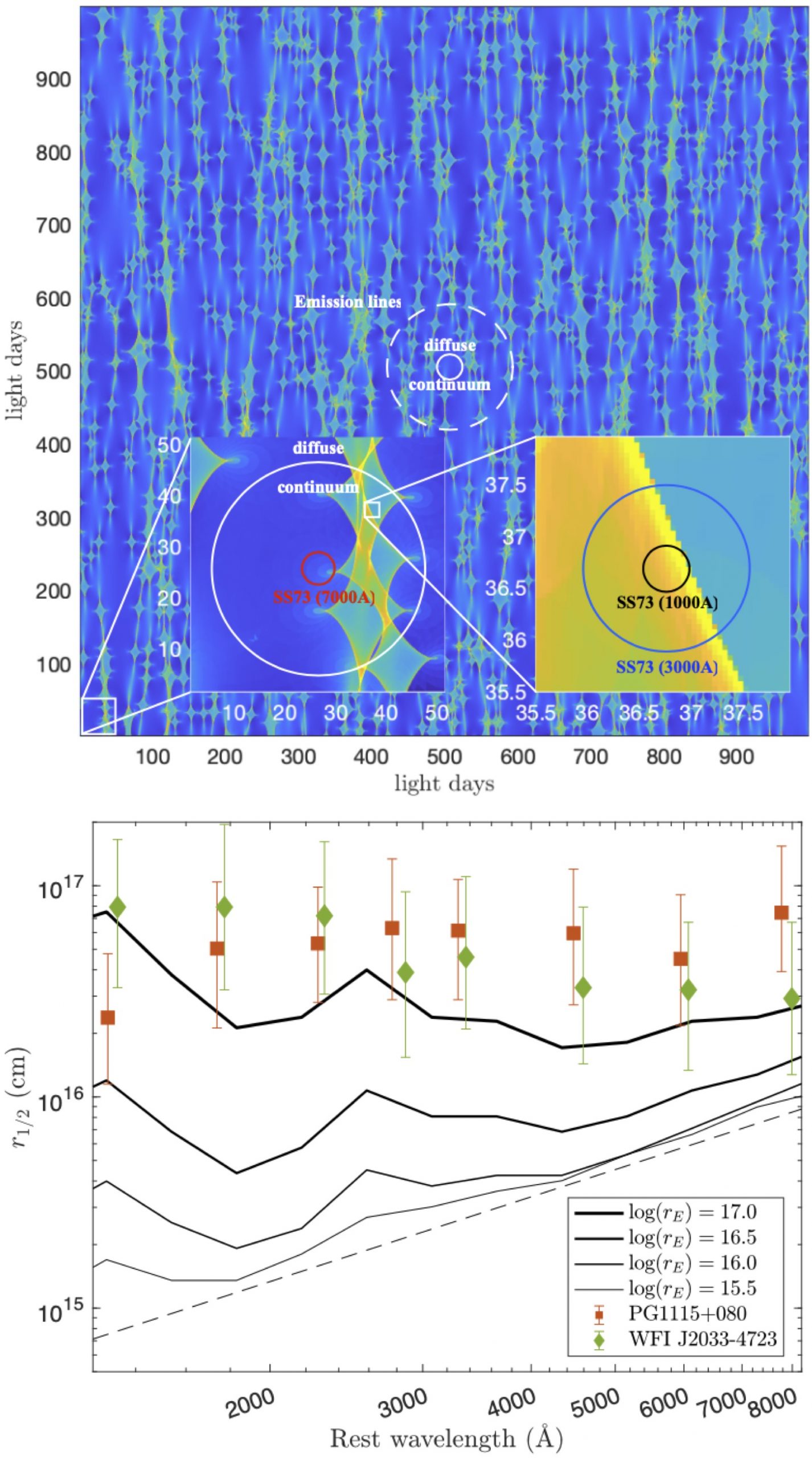The Physics Department Colloquium: July 1, 2024, 2:15pm IDT
Gonen Golani (University of Haifa) | Theory of Biological Membrane Elasticity | Biological membranes are fundamental components of cellular structures, playing a crucial role in maintaining
Department of Physics
The department of physics seeks to explore and explain fundamental questions regarding our universe. Research in the department ranges from astrophysics of black holes to physics of biological systems, atomic and particle physics and string theory. Faculty in the department are associated with the Center for Biophysics and Quantitative Biology as well as with the Data Science Research Center.
Gonen Golani (University of Haifa) | Theory of Biological Membrane Elasticity | Biological membranes are fundamental components of cellular structures, playing a crucial role in maintaining
Congratulations grant awardees: Dr. Gabi Zafrir (BSF & ISF), Dr. Shahar Hadar (ISF), Dr. Dean Carmi (NSF-BSF), Prof. Joshua Feinberg (BSF), Prof. Doron Chelouche (ISF).
Congratulations to our new faculty member, Dr. Gonen Golani, who will join us on October 1, 2023. Dr. Golani is a biophysicist specializing in the

In a new paper by C. Fian et al. we investigate the discrepancy between the predicted size of accretion disks (AD) in quasars and the observed sizes as deduced from gravitational microlensing studies. We employ state-of-the-art emission models for quasars and high-resolution microlensing magnification maps (top figure) and compare attributes of their magnification-distribution functions to those obtained for pure Shakura-Sunyaev disk models. We test the validity of our detailed model predictions by examining their agreement with published microlensing estimates of the half-light radius of the continuum-emitting region in a sample of lensed quasars.
Our findings suggest that the steep disk temperature profiles found by microlensing studies are erroneous as the data are largely affected by the BLR, which does not obey a temperature-wavelength relation (bottom figure). We show that the mere contribution of the BLR to the continuum signal is able to account for the deduced over-estimation factors as well as the implied size-wavelength relation in a sample of 12 lenses. Our findings significantly weaken the tension between AD theory and observations, and suggest that microlensing provides a new means to probe the hitherto poorly constrained diffuse BLR emission around accreting black holes.
Department of Physics | Multi-purpose Building (room 191) | University of Haifa
POB: 3338, 199 Abba Khoushy Ave., Mount Carmel, Haifa 3103301 | Israel | Email:physics@sci.haifa.ac.il